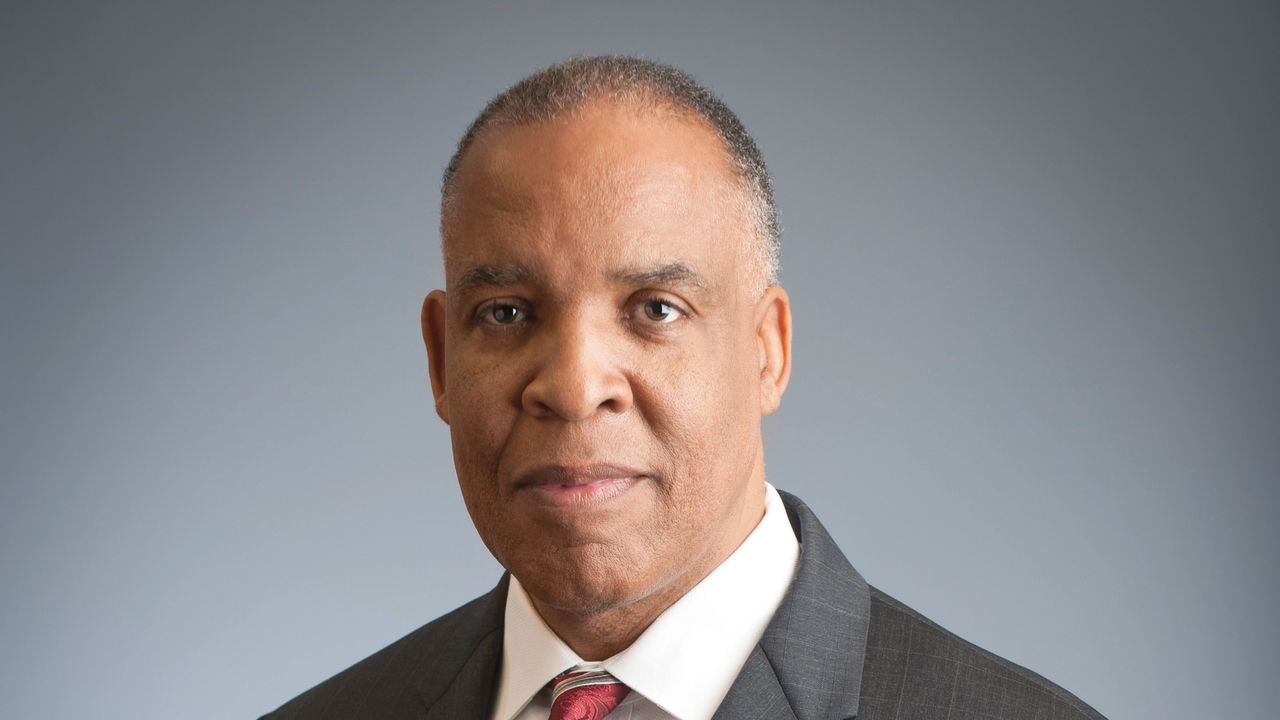The War for Talent Is Now a Way of Life for HR
Difficult-to-find talent and hard-to-fill jobs are constants in the new world of work.

There’s a popular saying in some HR circles today: “The ‘war for talent’ is over—and talent won.”
In the decade since the term was coined, we have seen this so-called war wax and wane with economic cycles, evolve with new technology, and intensify under globalization. It should now be clear to everyone that, whether we’re in good economic times or bad, in a period of stability or disruption, the skills shortage is an ever-present challenge.
Hard-to-find talent and hard-to-fill jobs are constants in the new world of work. So, to me, it is no longer a “war” to find and keep the best people; it’s a way of life. And HR professionals are learning to adapt.
This month’s cover story introduces HR professionals who are addressing workforce readiness and building a fit-for-the-future workforce with approaches from three fronts: creatively sourcing talent wherever they can find it, engaging and developing the talent they have on hand, and building a future pipeline of talent that can pay off for organizations and society at large.
When it comes to bringing in and building skills, company leaders are more frequently turning to internships, apprenticeships and work-study programs to prepare newly hired workers to meet the organization’s immediate needs. In addition, HR practitioners are tossing out the rulebook on what makes an “ideal” candidate. Companies can’t afford to overlook people who can make valuable contributions just because they don’t meet a checkbox requirement such as a high GPA, immediate availability, or a resume with the “right” job titles and work history.
HR leaders are also being innovative with regard to how they engage and sharpen the skills of their existing workforces. They understand that employees will do their best work when they know their company is investing in them and their future. The HR professionals featured in this issue remind us that employee development isn’t exclusive to those on the management or professional track. Front-line and customer-facing workers deserve and should expect equal attention. They too need individualized goals and performance incentives as well as competitive pay, benefits and flexibility.
Finally, we must continue building a workforce that is ready to meet the demands of the future. HR is leading the charge to develop talent in ways that benefit the community and advance our world. Partnering with local high schools, community colleges, workforce development boards and nonprofits helps us ensure that the right skills are being taught at the right time.
Winning at talent today means taking an end-to-end approach to finding, developing and engaging our workforces. It’s a mindset that shifts us from fighting a “war” for the best and brightest to investing for the long term.
These issues will be top of mind as we gather as a profession in New Orleans for the Society for Human Resource Management (SHRM) 2017 Annual Conference & Exposition. At #SHRM17, in HR Magazine, and beyond, SHRM is your go-to resource for staying on top of talent trends. We will champion HR professionals and their organizations now and in the future.
Henry G. Jackson is SHRM's CEO and president.
Photograph by Cade Martin for HR Magazine.
Was this article useful? SHRM offers thousands of tools, templates and other exclusive member benefits, including compliance updates, sample policies, HR expert advice, education discounts, a growing online member community and much more. Join/Renew Now and let SHRM help you work smarter.
Advertisement
An organization run by AI is not a futuristic concept. Such technology is already a part of many workplaces and will continue to shape the labor market and HR. Here's how employers and employees can successfully manage generative AI and other AI-powered systems.
Advertisement


